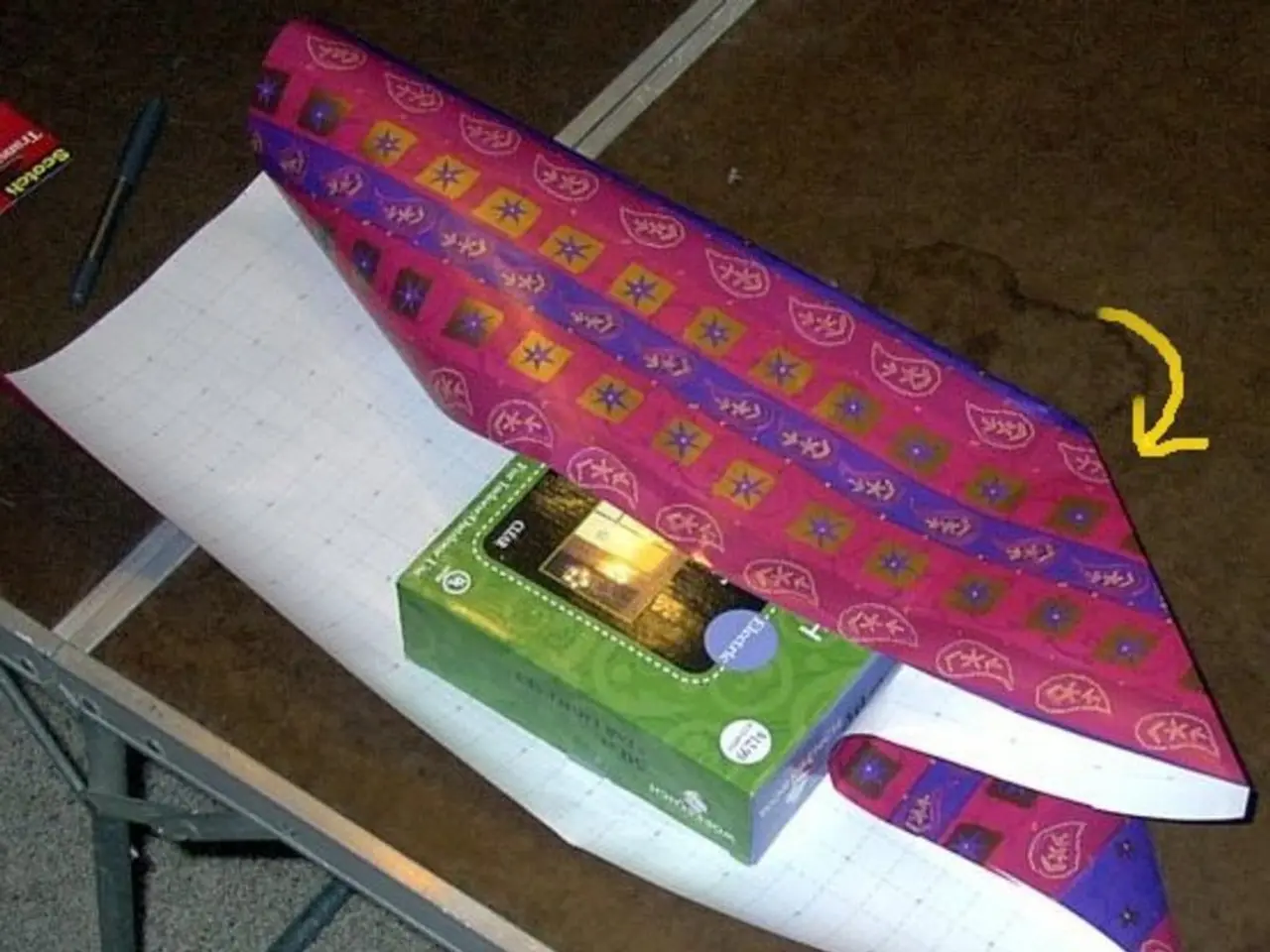Strategies for Maximizing Impact of Visuals in Your IB Math IA Research
When it comes to the IB Math Internal Assessment (IA), visuals such as graphs, tables, charts, and diagrams play a crucial role in illustrating relationships, showing data patterns, and supporting conclusions. Here are some tips to help you choose and use appropriate visuals to improve clarity, demonstrate mathematical communication, and support your analysis.
Selecting the Right Visuals
- Relate visuals directly to your research question and mathematical concepts. Use graphs, tables, charts, and diagrams that clearly represent your data or illustrate mathematical relationships relevant to your exploration.
Labelling and Presenting Visuals
- Ensure your visuals are well-labelled, neatly presented, and easy to interpret. Every graph or table must have titles, axis labels with units, and legends if necessary, enabling the reader to understand the visual independently and connect it to the text.
Using Visuals to Enhance Explanation
- Use visuals to enhance explanation, not just to present raw data. Follow up visuals with precise mathematical commentary, analysis, or interpretation to demonstrate understanding and reflection, rather than relying solely on calculator outputs or computer-generated graphs without explanation.
Choosing Appropriate Visuals
- Choose visuals appropriate for your level of math and syllabus requirements. Avoid overly complex or irrelevant visuals that do not add analytical value or demonstrate your mathematical skills; instead, use visuals that enable deeper analysis, such as regression graphs, distributions, or function behavior illustrations.
Integrating Visuals into Your IA Structure
- Integrate visuals logically into your IA structure. Each visual should be introduced, referred to, and explained within the flow of your argument, ensuring coherence and reinforcing your points, thereby improving mathematical communication and presentation clarity.
Reflecting on Limitations and Assumptions
- Reflect on the limitations or assumptions behind the visuals and data. Transparency about any errors, approximations, or constraints linked with the visuals adds credibility and depth to your analysis.
Practical Tips
- Use clear line graphs or scatter plots to show patterns or relationships between variables.
- Employ tables with organized data to summarize key values, making sure these tables are easy to read.
- Including diagrams or geometric figures where relevant to illustrate concepts visually.
- Format all visuals professionally to prevent errors and promote a polished presentation that contributes to a high-quality IA report.
Tools for Creating Visuals
- Digital tools like Desmos, GeoGebra, or Excel reduce the chance of errors and improve presentation compared to hand-drawn visuals.
Best Practices for Using Visuals
- Break complex data into multiple visuals if needed, each highlighting a different aspect of analysis.
- Focus each graph on a specific point, and use multiple simpler visuals instead of one overly complex figure.
- Show raw data in tables to demonstrate transparency and help examiners follow your investigation.
- Visuals should help the examiner follow mathematical reasoning from start to finish.
- Include enough visuals to clearly present data, analysis, and results without overwhelming the reader.
- Every graph, table, or chart must have a clear title, labeled axes (if applicable), and be referenced in your text.
In conclusion, effective visuals are essential tools for communicating mathematical reasoning and supporting analysis in the Math IA. By following these guidelines, you can create visually appealing and informative visuals that enhance the clarity and impact of your IA report.
- To further explain and support the 'education-and-self-development' in the IB Math Internal Assessment (IA), engage in 'online-learning' courses or tutorials that provide insights on selecting, labelling, and presenting appropriate visuals for mathematical communication.
- To promote 'lifelong-learning' and mathematical skills, actively seek out and utilize various digital tools like Desmos, GeoGebra, or Excel for 'online-education' and creating visually appealing and informative visuals that adhere to best practices for using visuals in the Math IA.




